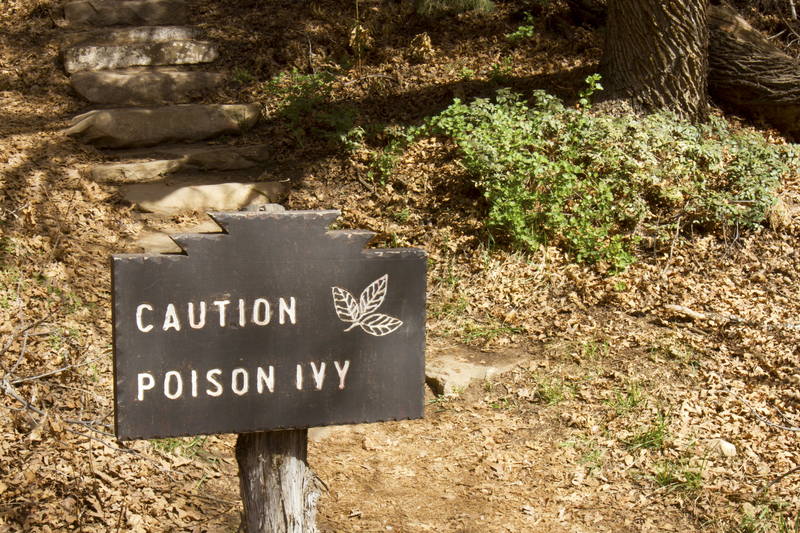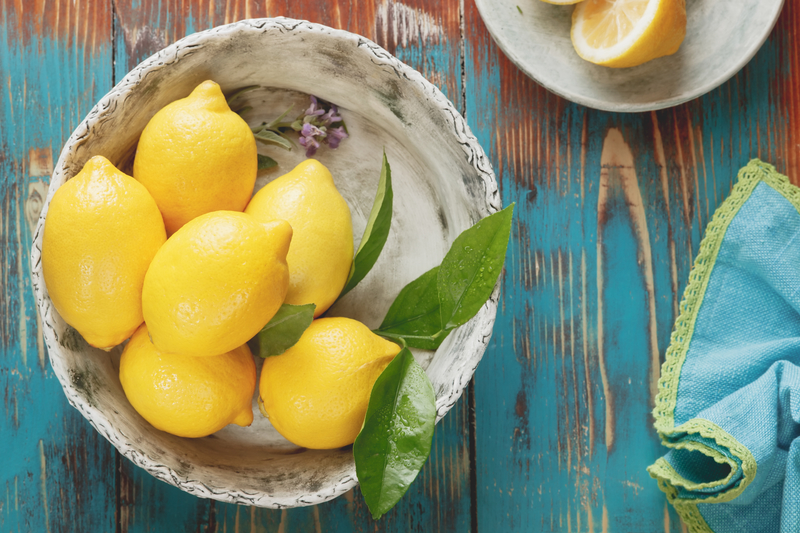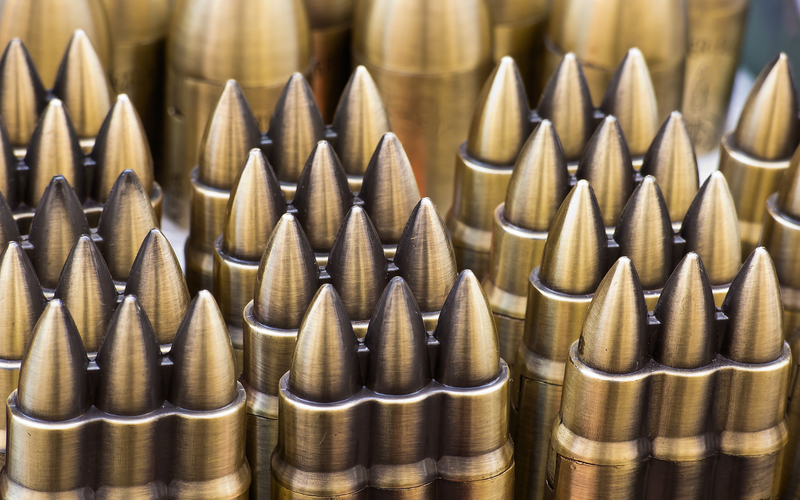Identifying and Understanding Poison Ivy
The bane of every campers’ weekend getaway, poison ivy, interestingly enough is not actually in the ivy family. It’s a relative of the almond family. Who knew? Most of the time, you only have to worry about avoiding it when you are in the great outdoors and away from urban areas. However, occasionally it will … Read more








